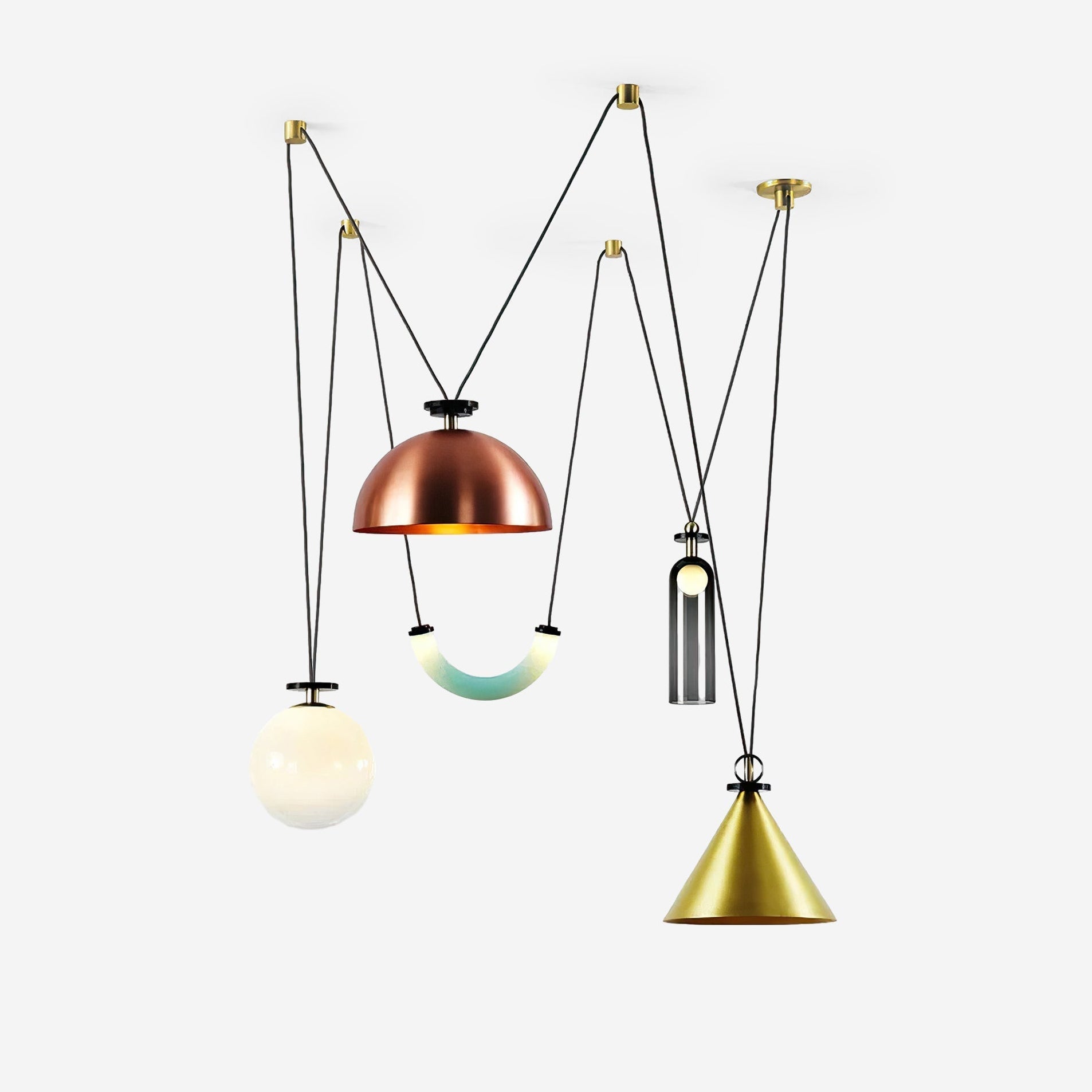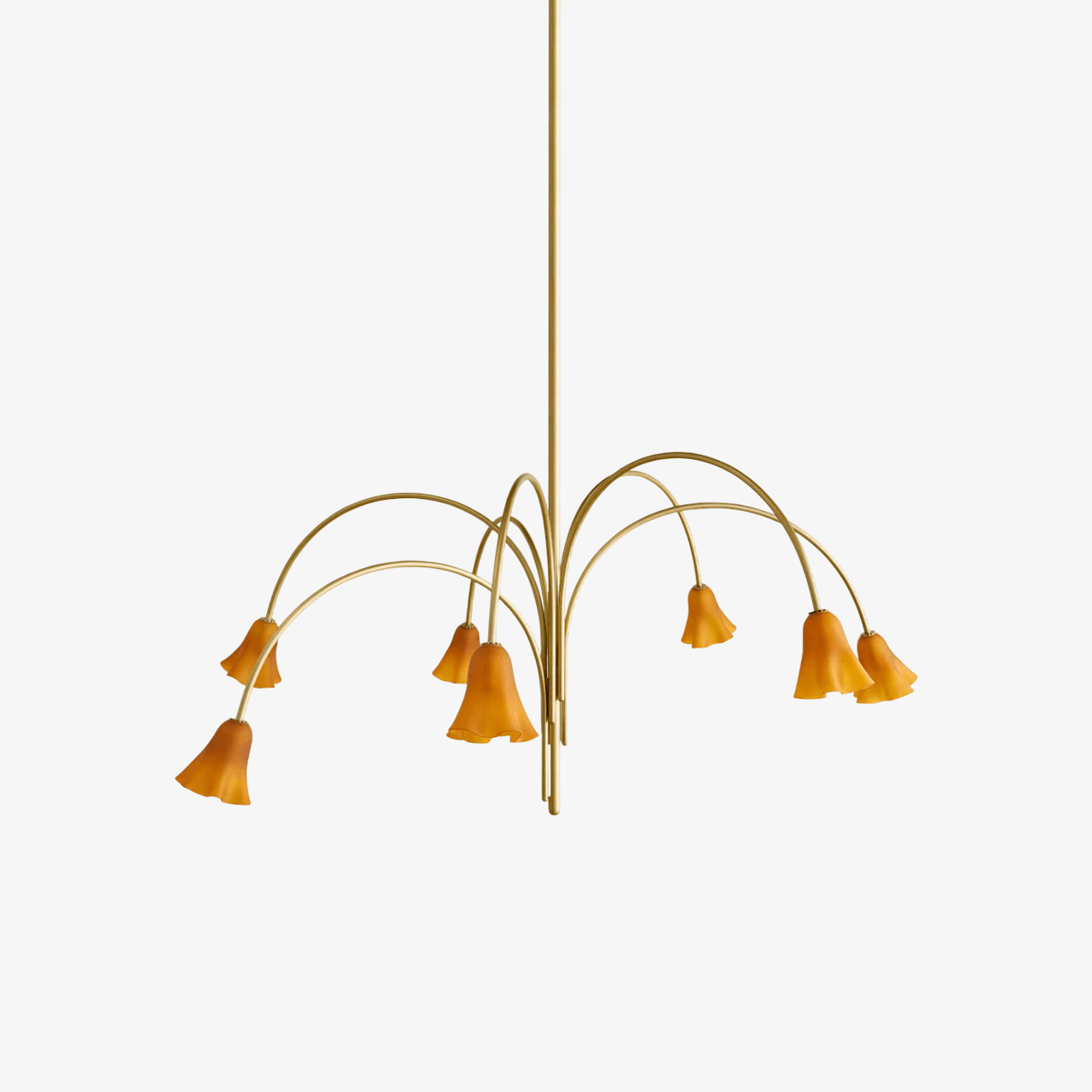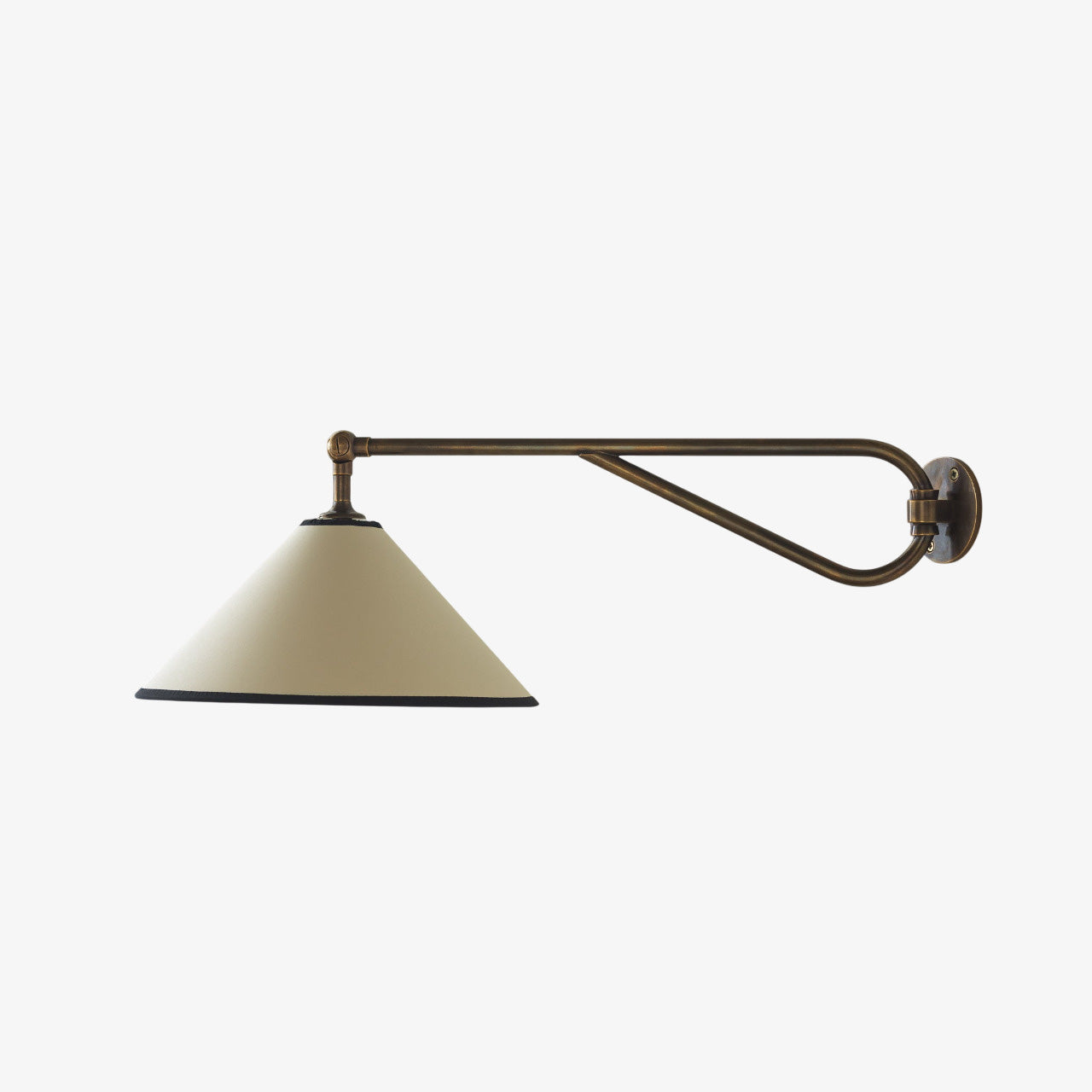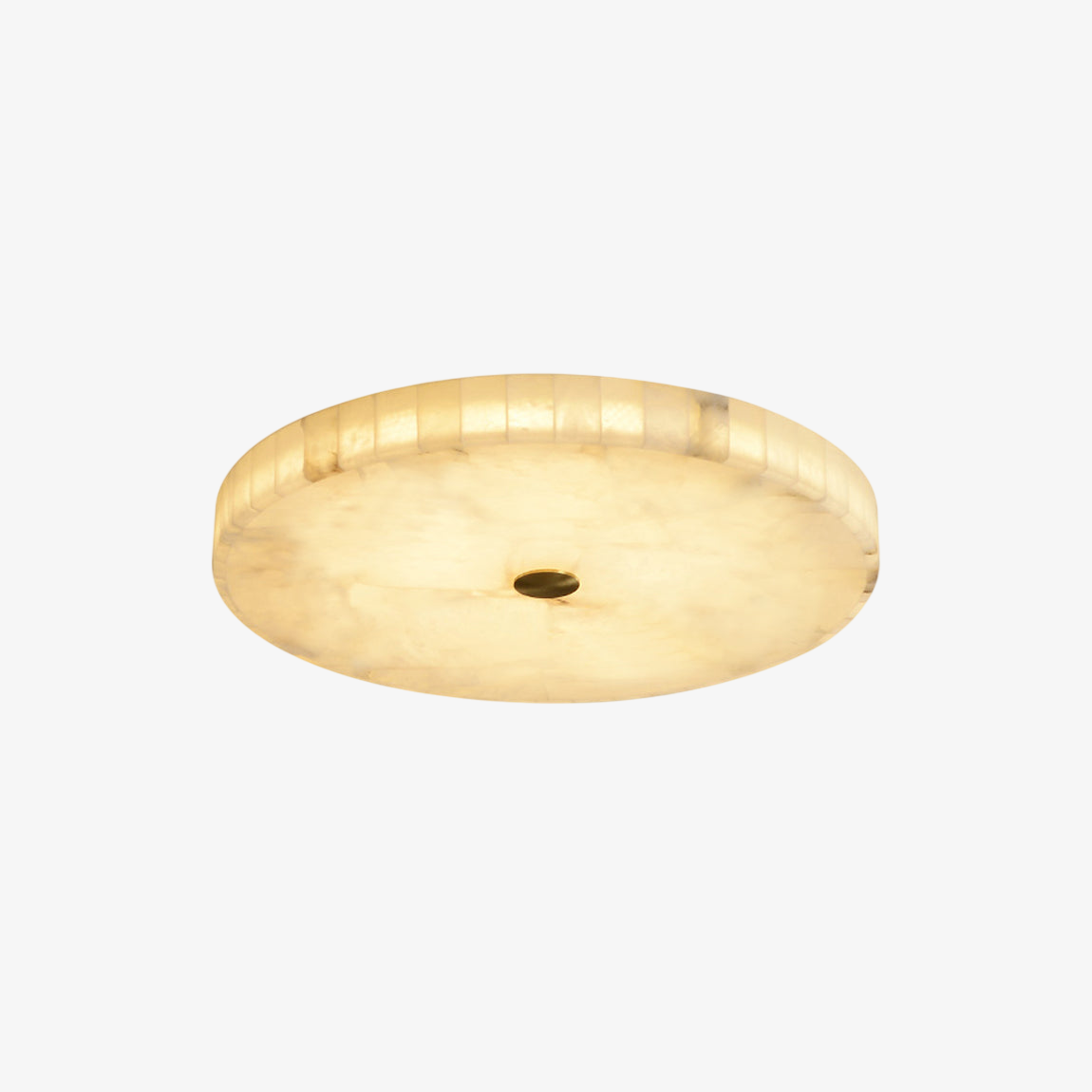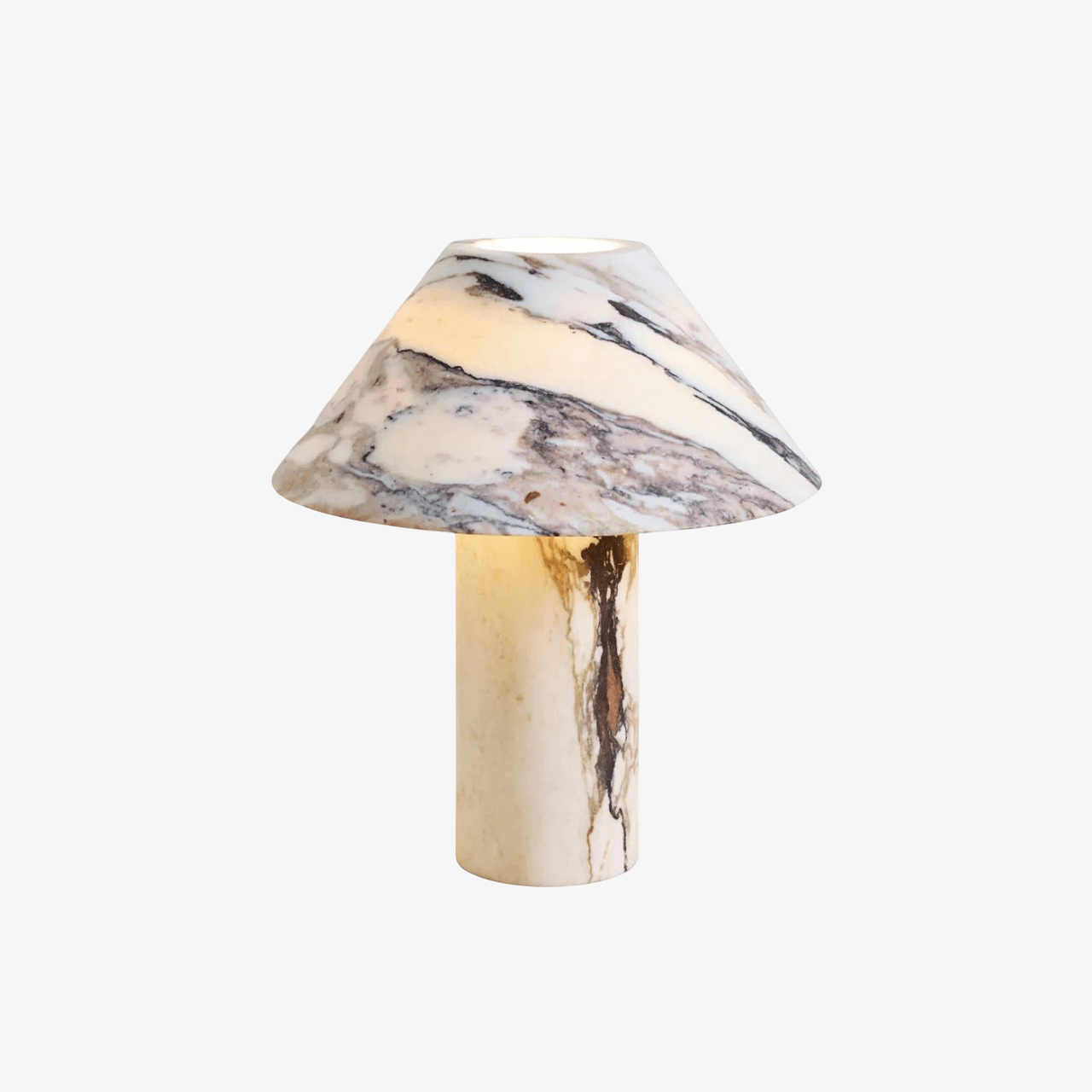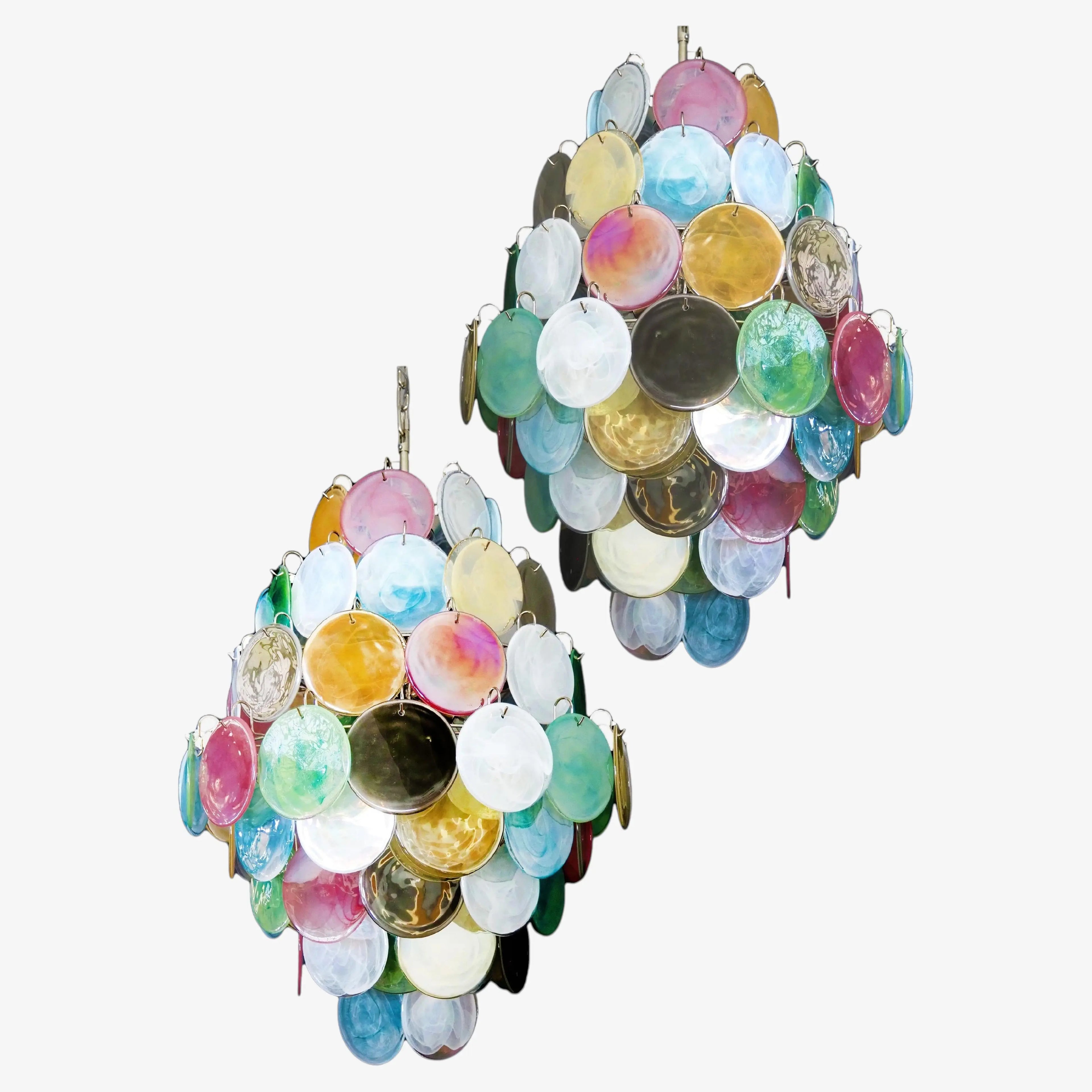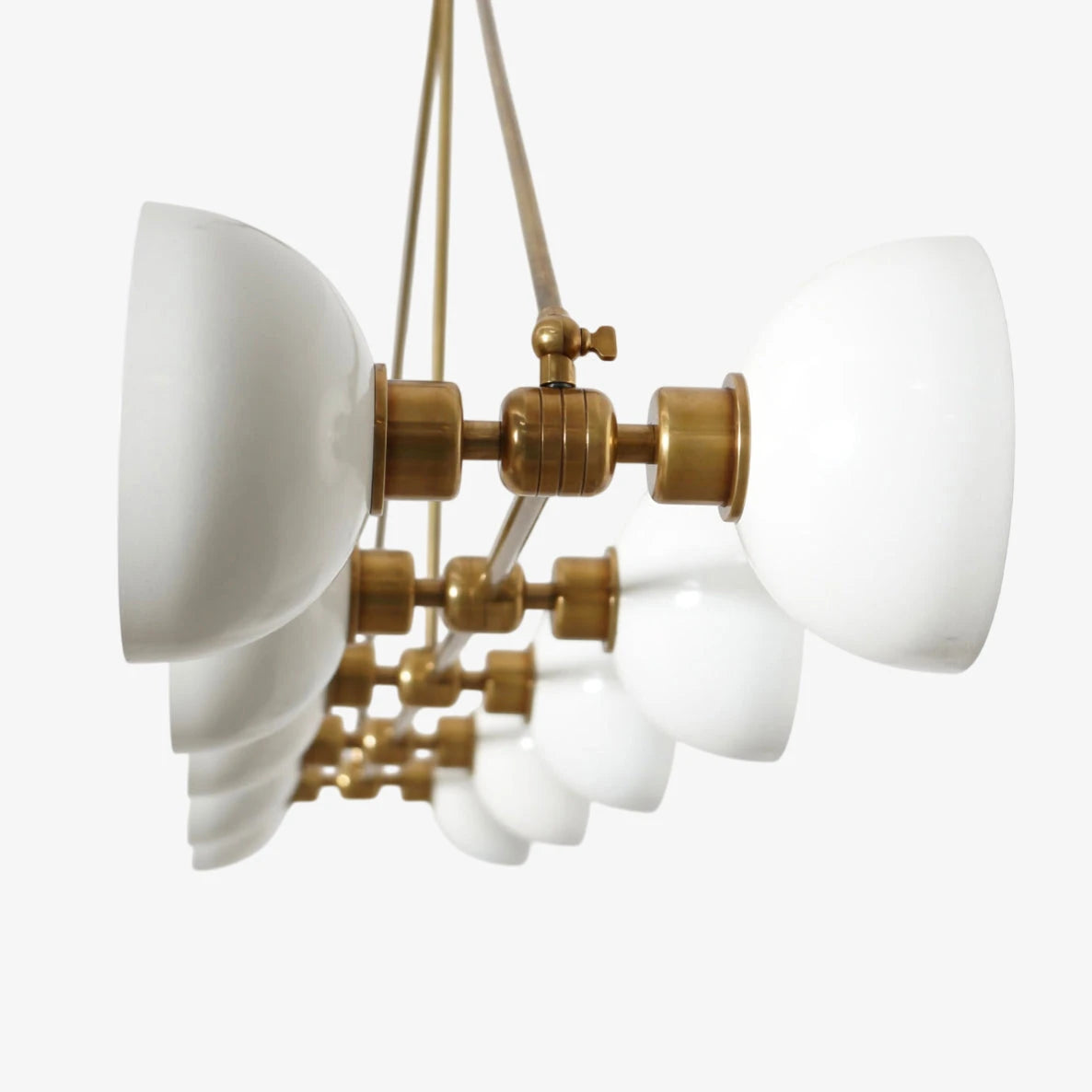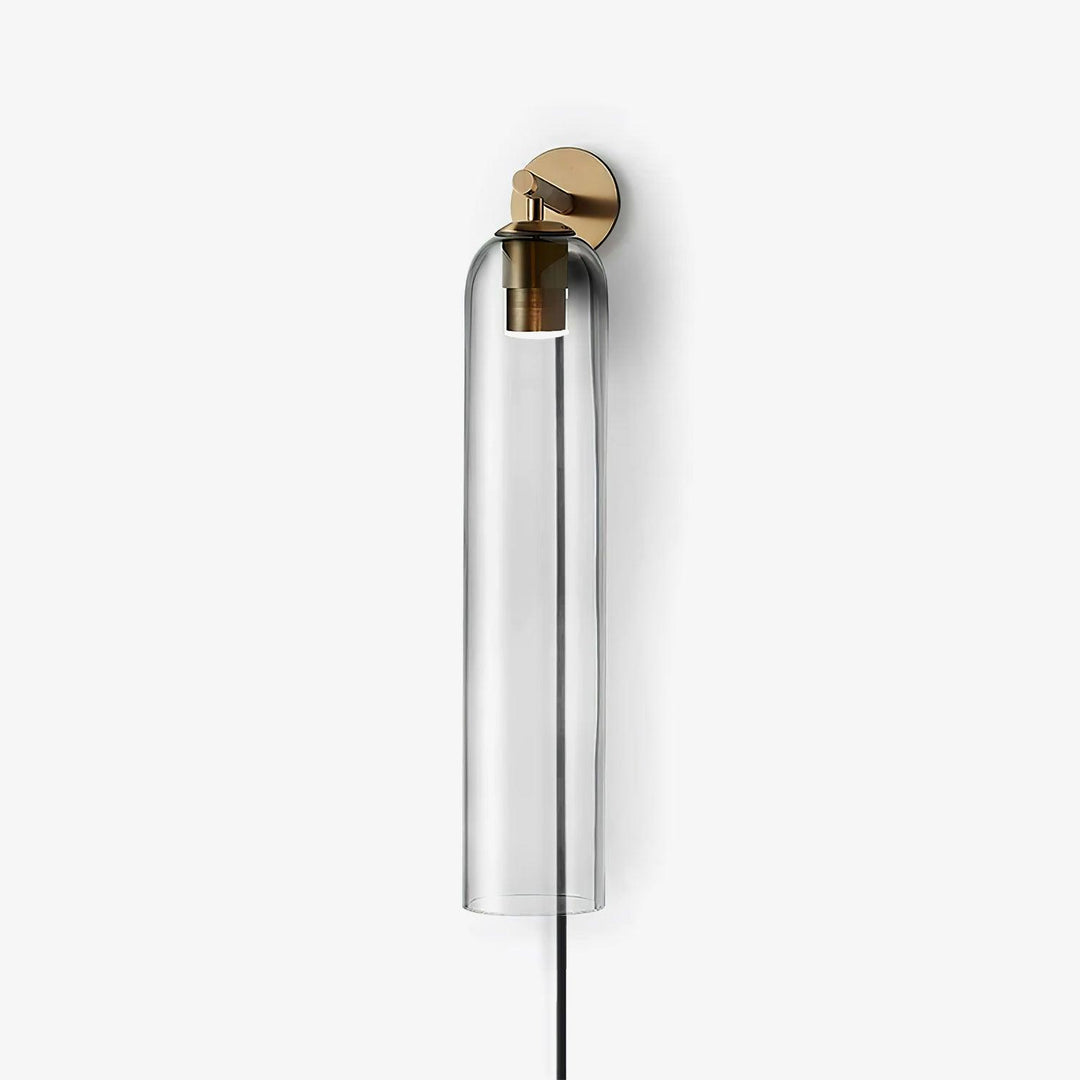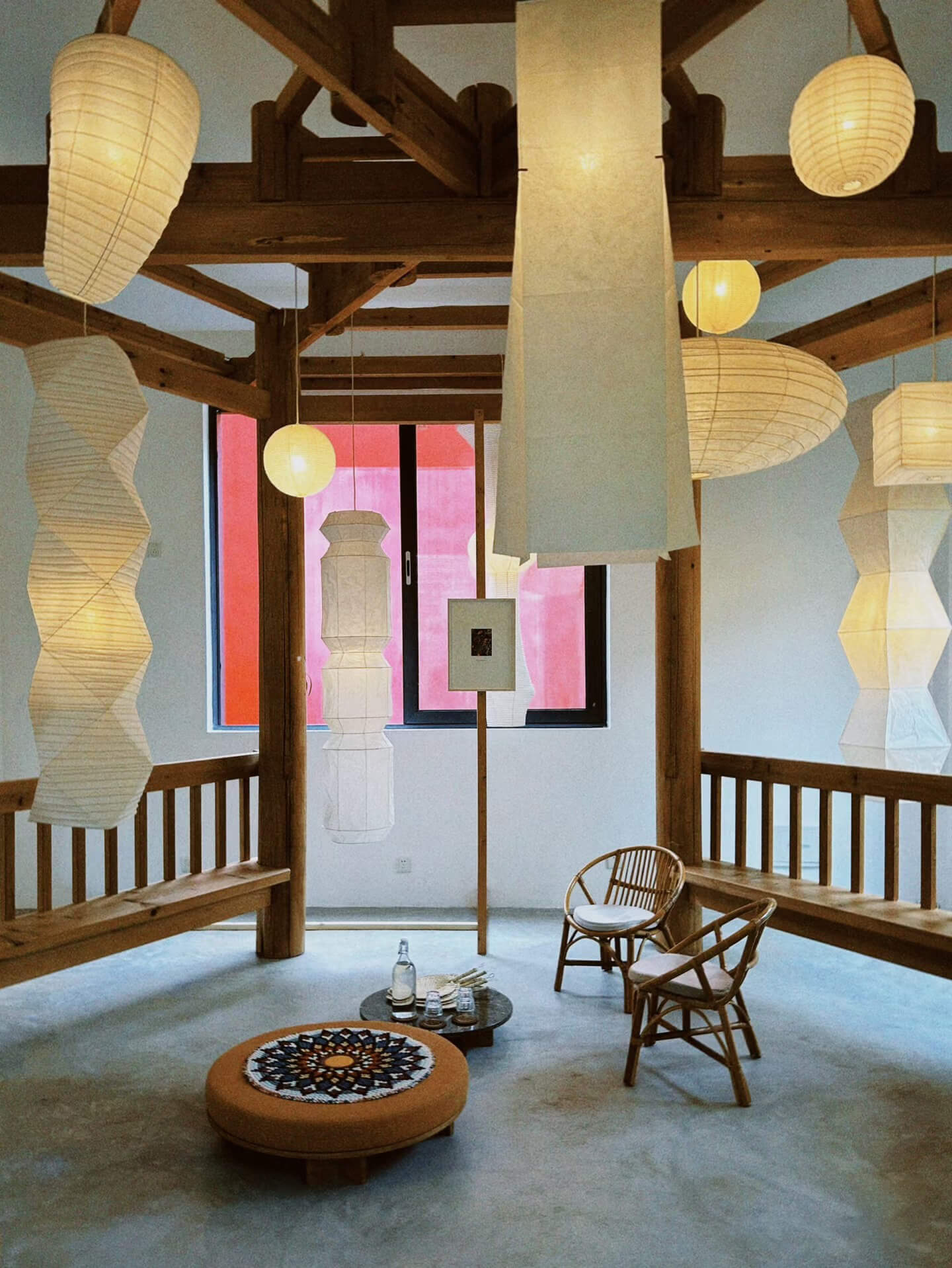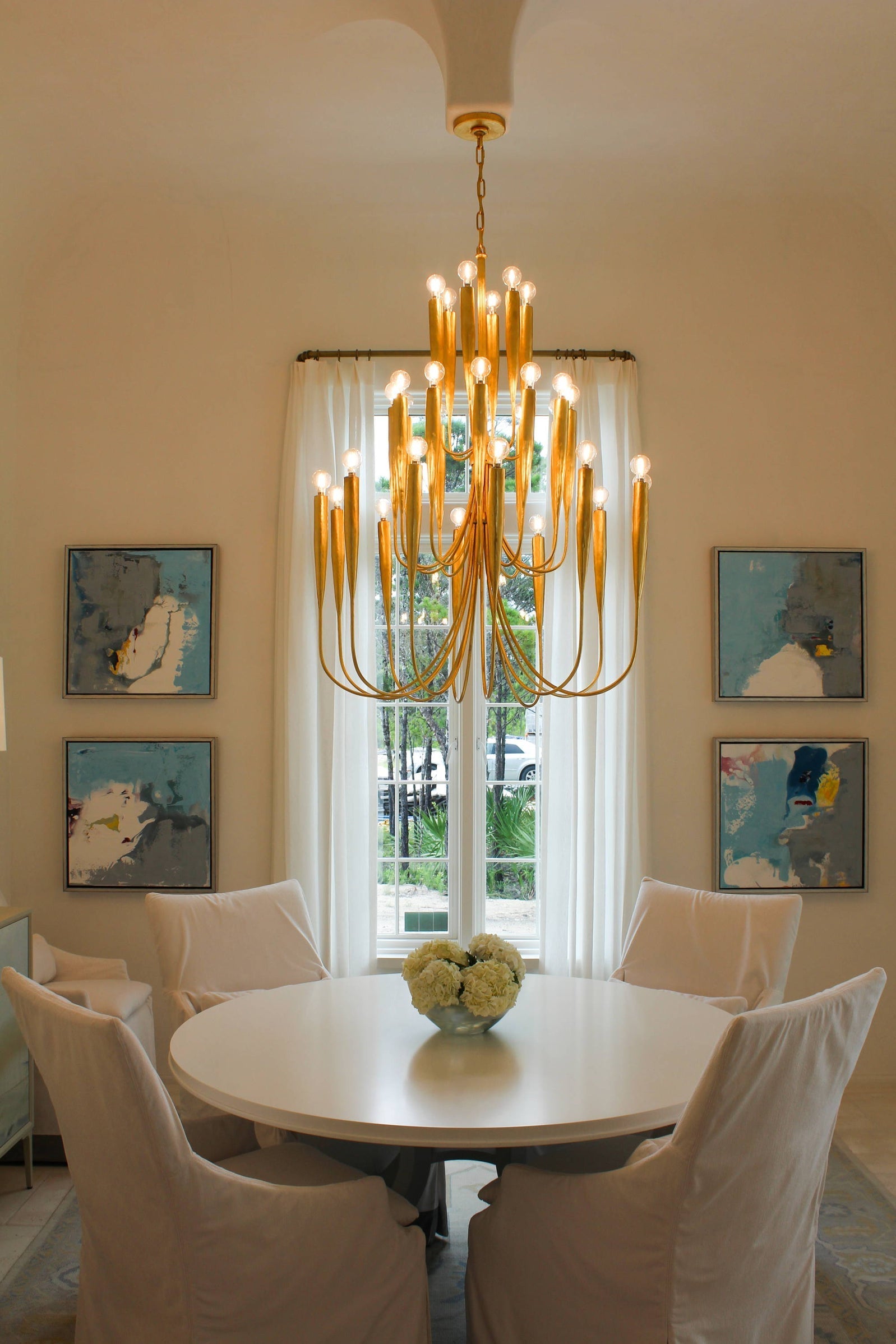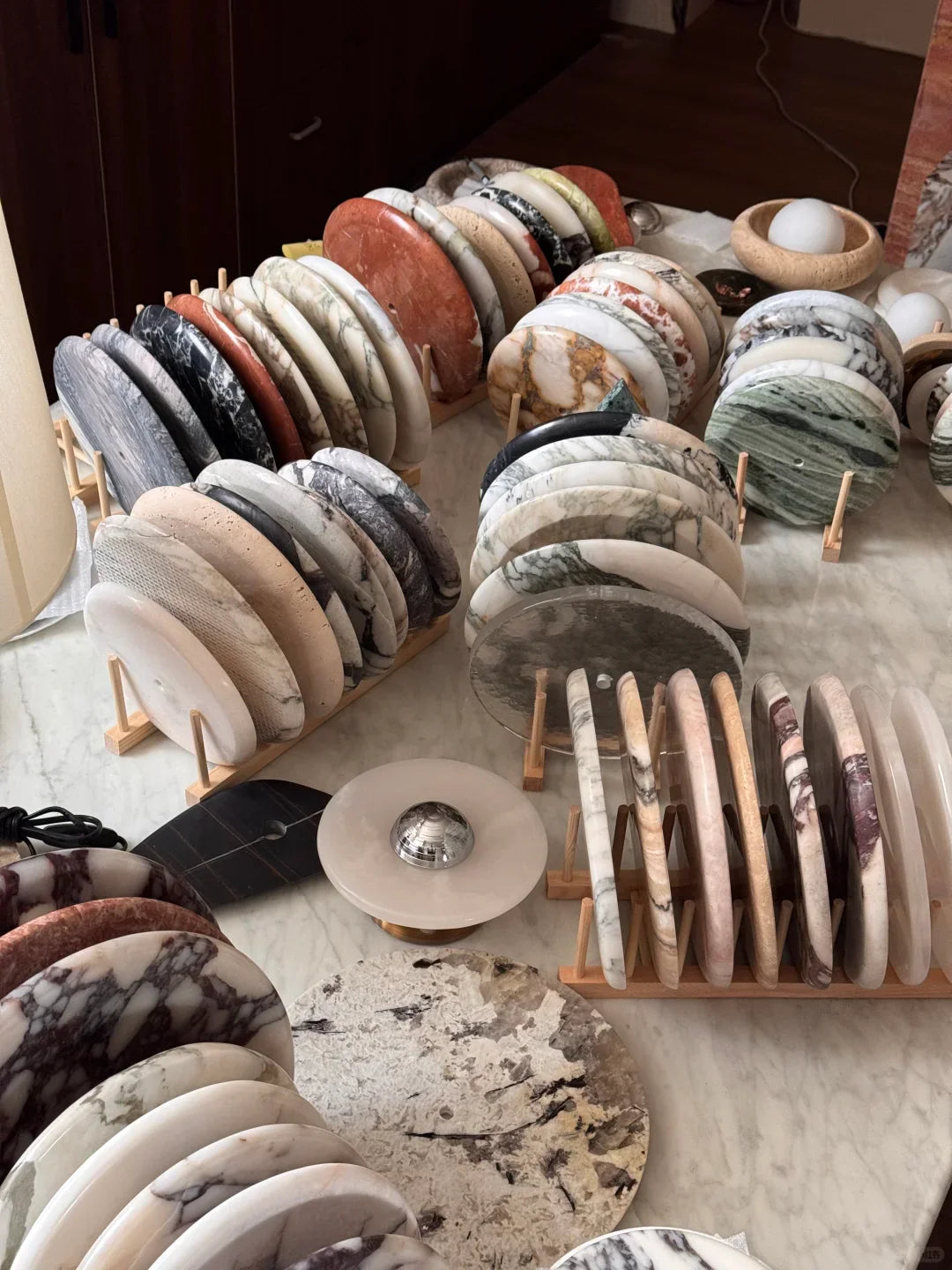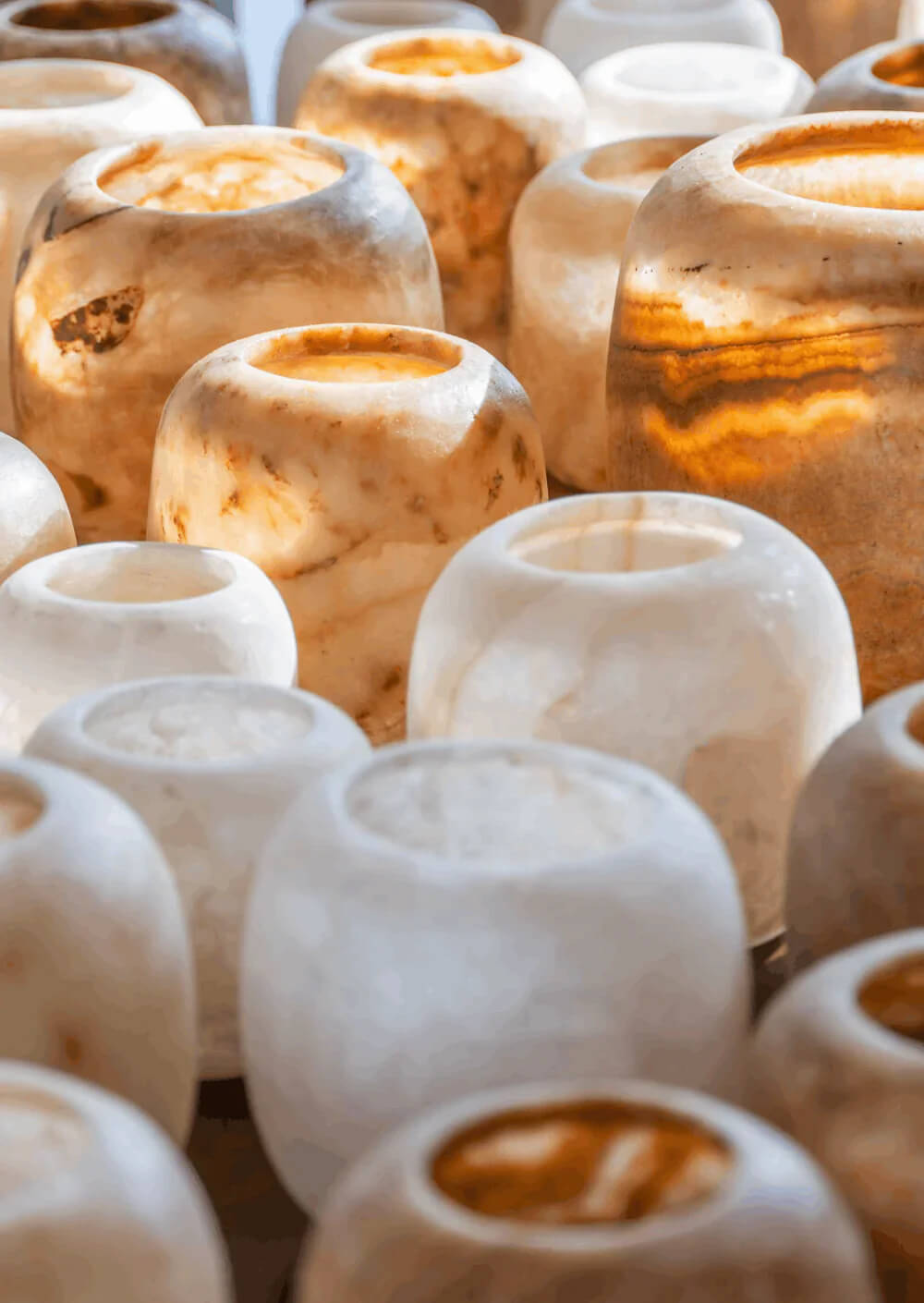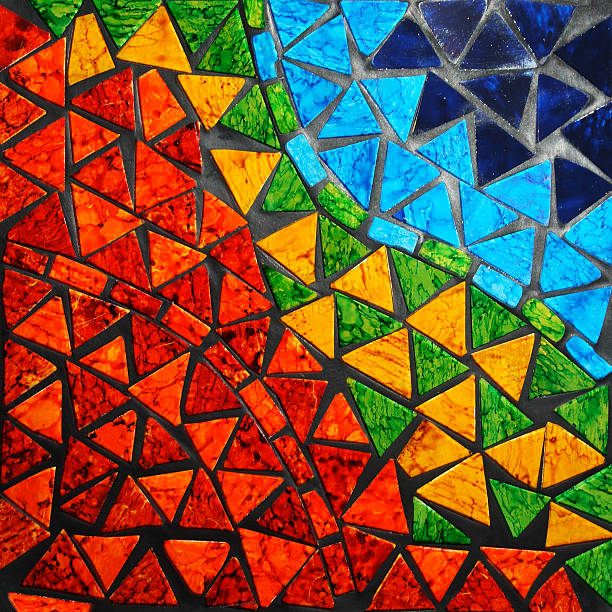
Do You Know How Stained Glass is Made?
Last update on 1st Jan, 2024
Overview
Glassmaking is a magical and fascinating process. Mixtures are hot-melted, blown, forged, and polished to reveal a myriad of strange shapes, and the addition of metals or organics gives the glass a variety of stunning colors. Now we are revealing the process of making raw stained glass.

Section One. What it is?
Stained glass is a need to rely on light to express their own a special glass material, known as the dance with the spirit of light, since ancient times is the landscape space in the most artistic expression of the material.
Warm sunlight is projected into the room through the "Rose Window", and the dappling of light and shadow is reflected through different colors, which makes it look like a holy realm, and it seems that you can listen to the voice of God from a close distance.
The thickness of the original color glass is usually about 3mm, the surface of the glass is uneven and most of it is textured, and there will be air bubbles inside the glass. Its color is made by adding special pigments fired during the production process, so all the cut surfaces are guaranteed to have the same color, and the products made of it will never fade and will remain unchanged for hundreds of years.

Section Two. Characteristic
Different from the general tinted glass (ordinary white glass on the coloring process), stained glass raw pieces need to be melted at high temperatures of more than 1,600 degrees furnace temperature, after annealing, the formation of colorful and colorful colors, not only will never fade, but also the color of each section of the surface to maintain consistency with the surface, which can be referred to as the original glass, the original glass, the color glass.
Section Three. Producing
Medieval production methods
In the Middle Ages, glassworks were often built with large supplies of silicon. This material melted at very high heat, and lead-like materials were added to lower its melting point, and then lime-like substances were added to stabilize the molten glass.
While the glass is still molten, adding metal oxide powders to the mixture creates a variety of colors. For example, cobalt can be used to produce blue glass, chromium and iron oxides can be used to produce green glass, and gold can be used to produce ruby-colored glass.
When mixing gold chloride and molten glass to produce red shifts, these artists are actually doing something similar to what nanotechnologists do. The mixture produces tiny spheres of gold that absorb and reflect sunlight and thus display a deep red color.

In the next step of production, there are several different ways to handle the molten glass. Let's start by discussing two different methods of producing ancient stained glass windows: blackout glass (also known as "hand-blown" cylinders) and corona glass.
To make blackout glass, a blowpipe was used to dip a ball of molten glass from a pot that was being heated in a furnace. Once the proper shape is formed, an air bubble is blown into the molten glass. A metal tool is then used to shape the mass of molten glass into a long cylinder, and this step is repeated when the molten glass is reheated. At this stage, the bottom of the cylinder is removed and the molten glass is cooled to the desired shape. After opening one end of the cylinder, the glass is placed in a different furnace, heated and flattened, and then cooled in an annealing furnace.
Meanwhile, in the manufacture of corona glass, an air bubble is blown into a mass of molten glass. The mass is spun by hand or on a table similar to a faience spinning wheel. The molten air bubble would unfold and flatten with the force of the rapid spinning, and the glass could then be cut into small pieces. While this hand-blowing method is still used in glassmaking today, it would not be used for large-scale stained glass production.
Modern Method
A more modern method of producing colored glass is pressed glass. In this technique, molten glass is poured onto a metal or graphite table. A large metal cylinder is then used to roll the glass into a piece, which can be done by hand or machine, and then annealed. The technique was first commercialized in the mid-1830s and is still widely used today.

Some final processes
In the past, the artist would create a small-scale model for the final design. In the Middle Ages, such drawings would have been made directly onto a washed table surface on which the window would have been cut, drawn and assembled. The overall pattern of the window was divided into smaller pieces, and this small-scale design would serve as a template for each small piece of glass in the overall window pattern.
Once the design is complete, the individual colors of glass are cut to match the selected location. Over the years, a variety of drawing and coloring techniques have been developed in hopes of further improving the design of stained glass. For example, silver nitrate tinting produces a yellow color that can help improve borders and halos, and a tinting called Cousin Rose has been developed that allows artists to better represent the tones of the human body.
In the final step, separating strips called inserts, previously lead, but more recently copper, are added to the window pieces. The joints are then soldered together and oil-based cement is embedded between the glass and the divider to ensure stability and minimize possible shaking.

End
If you have any question please contact info@lunrlighting.com to get more details.
Share

